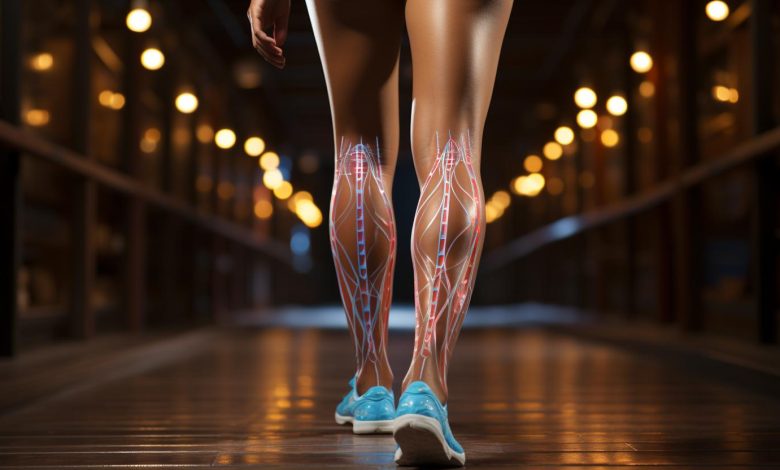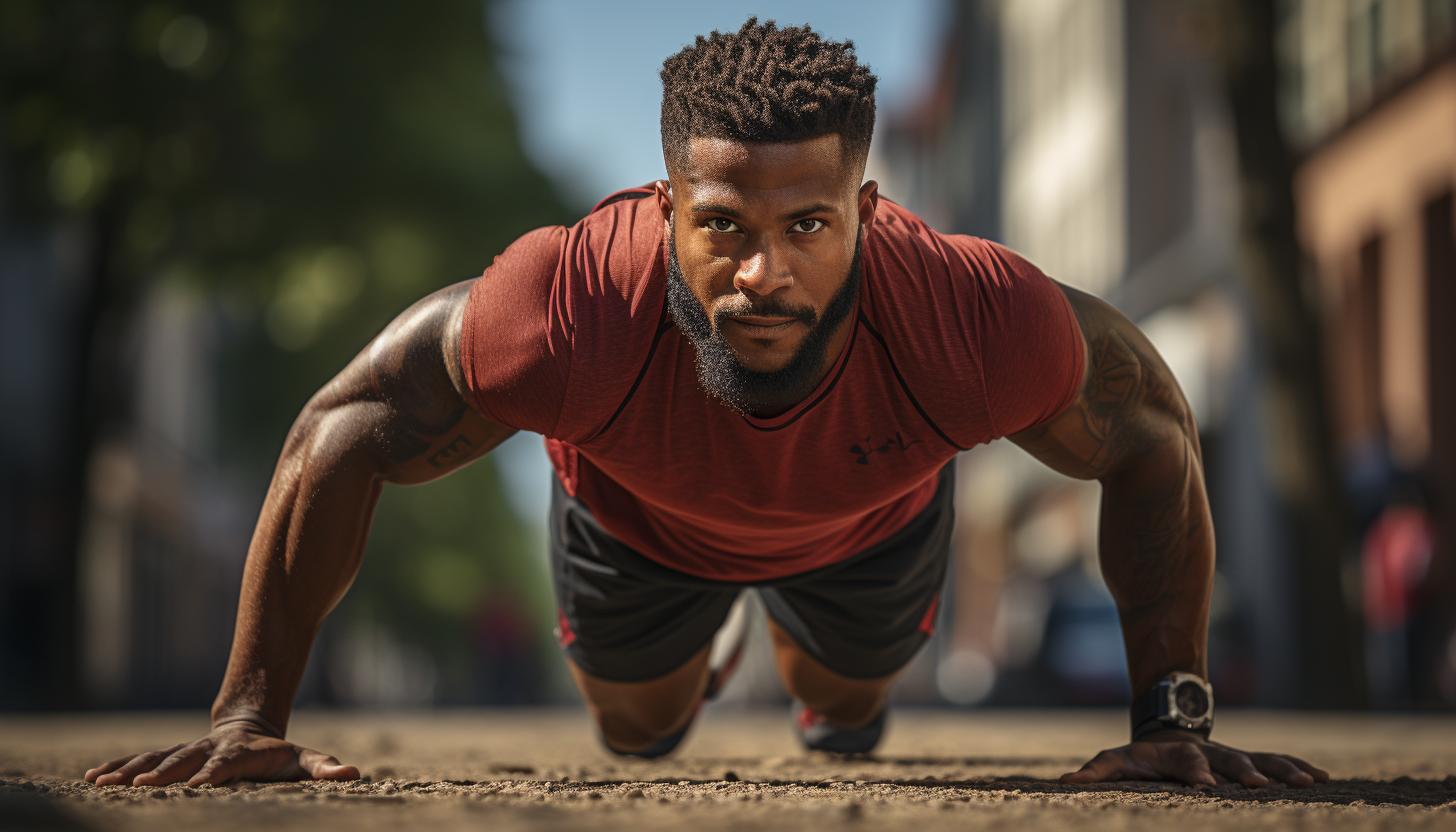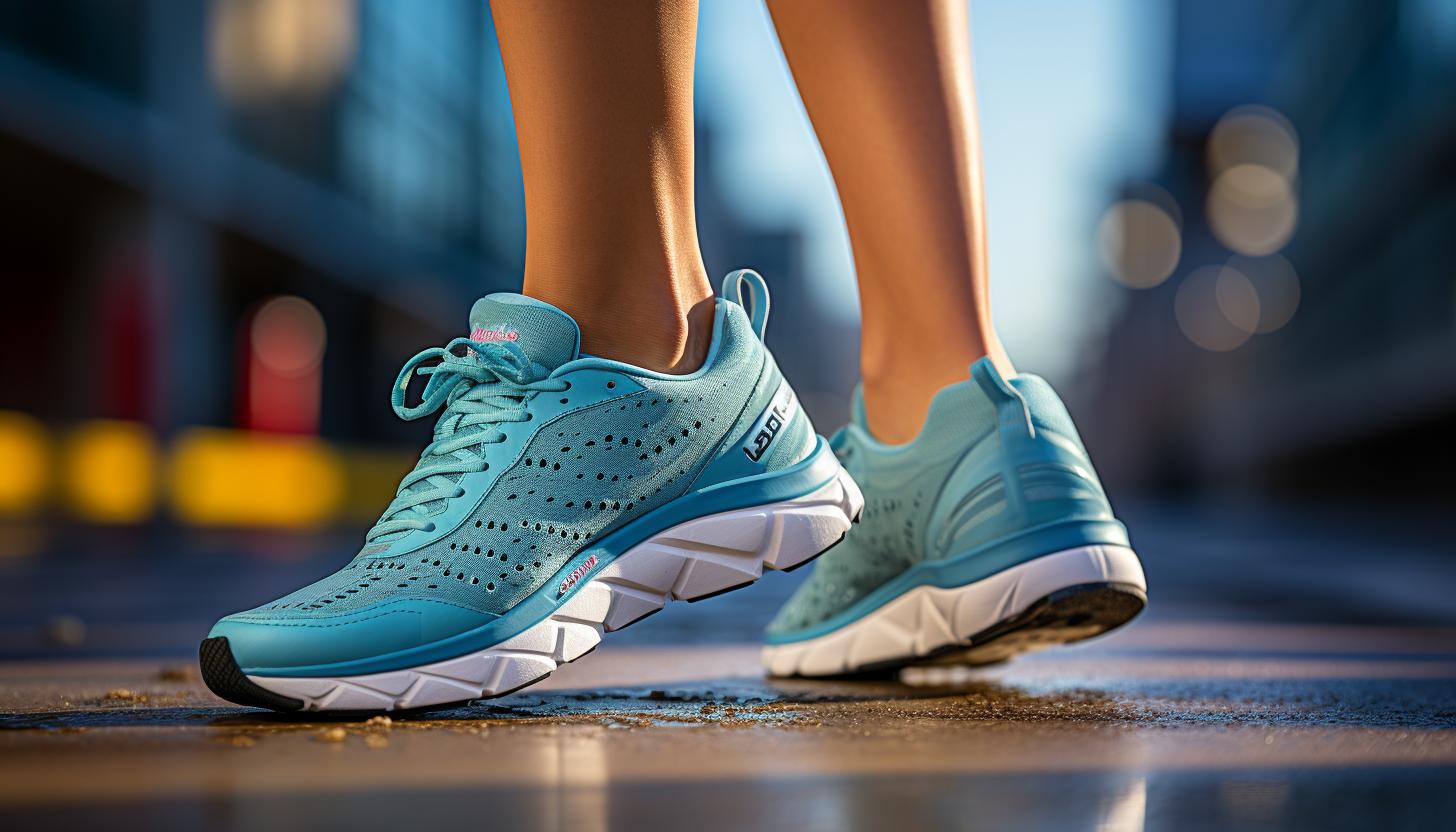Common Injuries in 10K Training and How to Prevent Them

Are you ready to lace up your running shoes and hit the pavement? Before you do, it’s important to be aware of the common injuries that can occur during 10K training. But don’t worry, we’ve got you covered.
In this article, we’ll explore the most common injuries runners face and provide evidence-based strategies to prevent them. From proper warm-up and cool-down routines to building strength and stability, we’ll equip you with the knowledge you need to stay injury-free on your journey to race day.
So let’s dive in and keep those running dreams alive!
The Importance of Proper Warm-up and Cool-down

You should always remember to properly warm up and cool down before and after your 10k training to prevent common injuries. The role of stretching in preventing injuries cannot be overstated. Stretching helps to increase flexibility, which in turn improves joint range of motion and reduces the risk of muscle strains or tears.
Incorporating dynamic movements into your warm-up routine is also crucial. Dynamic movements involve active stretches that mimic the movements you will perform during your run. This can include walking lunges, high knees, or leg swings. These movements help to activate the muscles and prepare them for the upcoming activity.
During your cool-down, it is important to continue with some light stretching exercises. This will aid in reducing muscle soreness and stiffness that may occur after intense exercise. Static stretches, where you hold a stretch for around 20-30 seconds, are ideal for cooling down. Focus on stretching all major muscle groups used during your run.
By properly warming up and cooling down with stretching exercises and incorporating dynamic movements into these routines, you can significantly reduce the risk of common running injuries such as muscle strains or sprains.
Transitioning into building strength and stability to prevent injuries, it is equally important to have a strong foundation that can support the demands of running long distances.
Building Strength and Stability to Prevent Injuries

To avoid getting hurt while training for a 10k, it’s important to build strength and stability. Core exercises are an effective way to achieve this goal. Your core muscles, including your abs, lower back, hips, and pelvis, play a crucial role in maintaining proper form and preventing injuries during running.
By incorporating core exercises into your training routine, you can improve your balance and posture. Planks, Russian twists, and bicycle crunches are just a few examples of core-strengthening exercises that can help you develop the necessary stability for long-distance running.
In addition to core exercises, there are other injury prevention techniques you should consider. First and foremost is proper warm-up before each run. Dynamic stretches like leg swings and arm circles can increase blood flow to your muscles and prepare them for the demands of running.
Furthermore, paying attention to your body’s signals is essential. If you experience any pain or discomfort while training, it’s crucial to address it immediately rather than pushing through it. This will help prevent minor issues from developing into more serious injuries.
Remember that building strength and stability is an ongoing process. Consistency is key when it comes to reaping the benefits of these exercises. By incorporating core exercises into your training regimen alongside injury prevention techniques like warm-up routines and listening to your body’s cues, you’ll be well-equipped to stay injury-free as you train for your 10k race.
Avoiding Overtraining and Gradual Progression

Gradually increasing your mileage and allowing for rest days in between runs is crucial to avoid overtraining and potential setbacks. Overtraining can lead to fatigue, injuries, and mental burnout, which can hinder your progress in 10k training.
To help you overcome mental barriers and optimize your performance, consider incorporating cross-training into your routine. Here are three benefits of incorporating cross-training:
– Variety: Engaging in different activities such as swimming, cycling, or strength training not only gives you a break from running but also works different muscle groups. This variety can prevent overuse injuries and keep you motivated.
– Injury prevention: Cross-training helps strengthen muscles that may not be utilized as much during running. By improving overall muscular balance and stability, you decrease the risk of developing imbalances or weaknesses that can lead to injuries.
– Mental refreshment: Cross-training provides a mental break from the repetitive nature of running. It allows you to diversify your fitness routine while still maintaining cardiovascular fitness.
By gradually increasing mileage, allowing for rest days, and incorporating cross-training activities into your routine, you will reduce the likelihood of overtraining syndrome and improve overall performance in your 10k training journey.
Transitioning into the subsequent section about choosing the right shoes and equipment is essential to ensure further injury prevention measures are taken.
Choosing the Right Shoes and Equipment

When selecting the right shoes and equipment for your 10k training, it’s important to consider factors such as comfort, support, and durability. Shoe selection plays a crucial role in preventing injuries and optimizing performance. Running shoes should provide adequate cushioning to absorb impact forces and reduce stress on your joints. Look for shoes that fit well, allowing enough room for toe movement but also providing a snug fit around the heel and midfoot. It’s recommended to visit a specialty running store where experts can help you find the perfect pair based on your foot type and running style.
In addition to shoes, other equipment requirements for 10k training include appropriate clothing and accessories. Choose moisture-wicking fabrics that will keep you dry during your workouts. Invest in quality socks to prevent blisters and compression gear to improve circulation and reduce muscle soreness.
Remember that listening to your body is essential in avoiding injuries during training. If you experience persistent pain or discomfort while running, it’s crucial to seek professional help from a sports medicine specialist or physical therapist who can assess your condition and provide appropriate treatment recommendations.
Listening to Your Body and Seeking Professional Help

If you experience persistent pain or discomfort while running, it’s important to consult with a sports medicine specialist or physical therapist who can assess your condition and provide appropriate treatment recommendations.
Here are some key points to consider when it comes to listening to your body and seeking professional help:
– Recognizing warning signs: Pay attention to any unusual sensations or pain during your runs. If you notice persistent pain, swelling, or limited range of motion in a specific area, it may be a sign of an injury that requires medical attention.
– Incorporating rest days: Rest is an essential part of any training program. Overtraining can lead to fatigue and increase the risk of injuries. Make sure to schedule regular rest days in your training plan to allow your body time to recover and prevent overuse injuries.
When it comes to running-related injuries, early intervention is crucial for successful recovery. By promptly seeking professional help from a sports medicine specialist or physical therapist, you can receive an accurate diagnosis and tailored treatment plan that addresses the root cause of your pain or discomfort.
Conclusion
In conclusion, by prioritizing a proper warm-up and cool-down routine and building strength and stability, you can greatly reduce the risk of common injuries during your 10k training.
Additionally, avoiding overtraining and choosing the right shoes and equipment are crucial preventive measures.
It’s important to listen to your body and seek professional help if needed.
However, some may argue that it’s too time-consuming or expensive to implement all these preventive measures.
But remember, investing a little time and effort now will save you from potential pain and setbacks in the long run.
Don’t let excuses hold you back from reaching your running goals!






